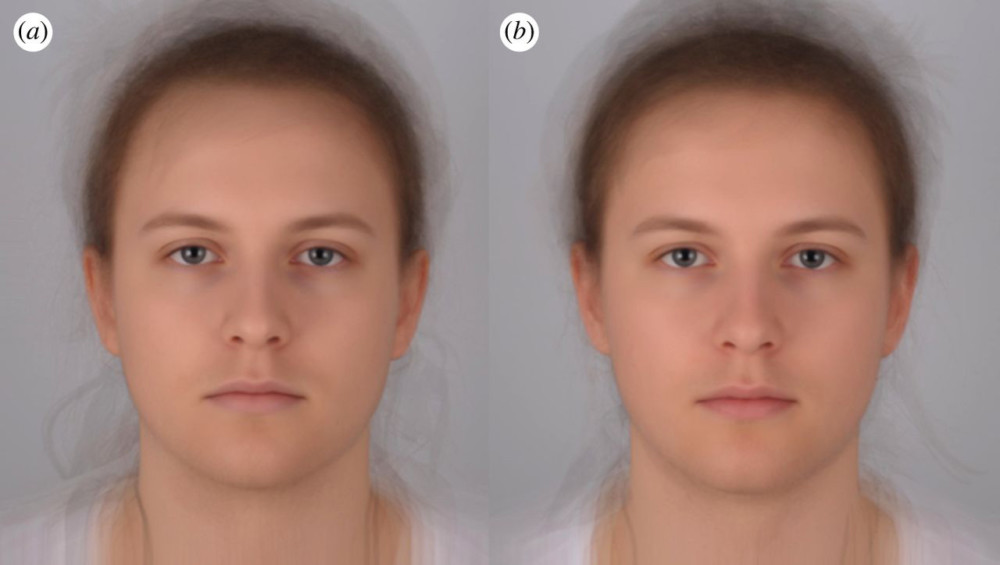By Karen Kaplan
Los Angeles Times
WWR Article Summary (tl;dr) Can you tell if someone is sick just by looking at their face? A new study suggests that is the case. Study authors say this capability has a clear evolutionary purpose.
Los Angeles Times
People can judge whether someone is sick by looking at a photo for just a few seconds.
That may not sound remarkable, until you consider that the sick people in the photos were in the very early stages of illnesses.
They were participants in a scientific experiment and had agreed to be infected with a bacterium that would cause an inflammatory response. Their portraits were taken just two hours after infection.
Those pictures, along with portraits of the same people taken when they were healthy, were flashed in front of dozens of study volunteers in random order. The volunteers had no more than 5 seconds to guess whether the person in the picture was sick or healthy.
In the first series of ratings, 62 volunteers made 2,945 judgments about 32 pictures (of eight men and eight women, each photographed after being injected with an E. coli endotoxin and after being injected with a placebo).
The volunteers guessed that 1,215 of those pictures were of people who were sick. Those guesses were correct 64 percent of the time and incorrect 36 percent of the time, according to a study published this week in the Proceedings of the Royal Society B.
Apparently, three of the 16 participants were particularly inscrutable; when they were removed from the analysis, the volunteers guessed right 81 percent of the time, the study authors found.
On a scale on which 0.5 means guessing at random and 1 means guessing right every time, the volunteers scored a 0.62. In other words, they did significantly better than if they had just flipped a coin to decide whether someone was healthy or sick.
In the second series of ratings, 60 people looked at the same 32 photos and were asked whether the person in each picture looked sick and if they looked tired. The volunteers also rated eight specific “sickness cues” on a scale from 1 (no symptoms) to 7 (very high symptoms).
The ratings revealed that the people in the photos looked more sick and more tired after they got the E. coli injection than after they got the placebo.
The raters also thought people had paler skin, paler lips, more swollen faces, redder eyes, more hanging eyelids and droopier mouths after they got the real injection than after they got the fake one.
Further analysis showed that all six of those facial cues influenced raters’ perception of a person’s health. So did tiredness. But two other cues that got different ratings in sick people and healthy people, glossy skin and patchy skin, did not affect judgments about health, the researchers reported.
It may seem surprising that regular people could recognize sickness in others so soon after infection, but the study authors said this capability has a clear evolutionary purpose.
“It would arguably be particularly beneficial to identify sick individuals at an early stage of sickness when risk for contagion is high,” wrote the team led by John Axelsson of Stockholm University and the Karolinska Institute in Stockholm.
In fact, they noted, the experiments with photos probably understate the extent of this skill: “In real-life circumstances, we would expect humans to have a higher sensitivity due to the possibility of integrating other cues (e.g. gait, body odor and speech).”
But this judgment isn’t perfect, especially since many of the cues associated with illness are also present in people who are merely tired or sad.
It seems inevitable that humans sometimes avoid others “who pose no threat of contagion,” the researchers wrote, adding that this might help explain a phenomenon known as “disability stigma” and other kinds of prejudices.
“Such behavioral tendencies would have been favored by selection pressures to avoid false-negative responses when scanning the environment for imminent infectious threats,” they concluded.
With all this in mind, take a look at the photos that accompany this story.
If they look a little funny, that’s because each is a composite of the eight men and eight women who agreed to get sick for the sake of science. One side is made up of 16 portraits of people who were healthy, and the other is made up of 16 portraits of people who were just starting to get sick.
Which side is which?
If you guessed that the sick faces are on the left, you are … correct.














































































































































































































































































































































































